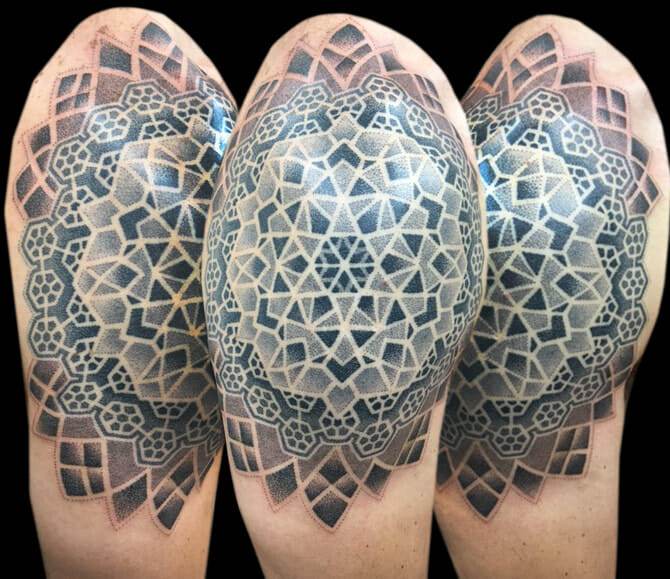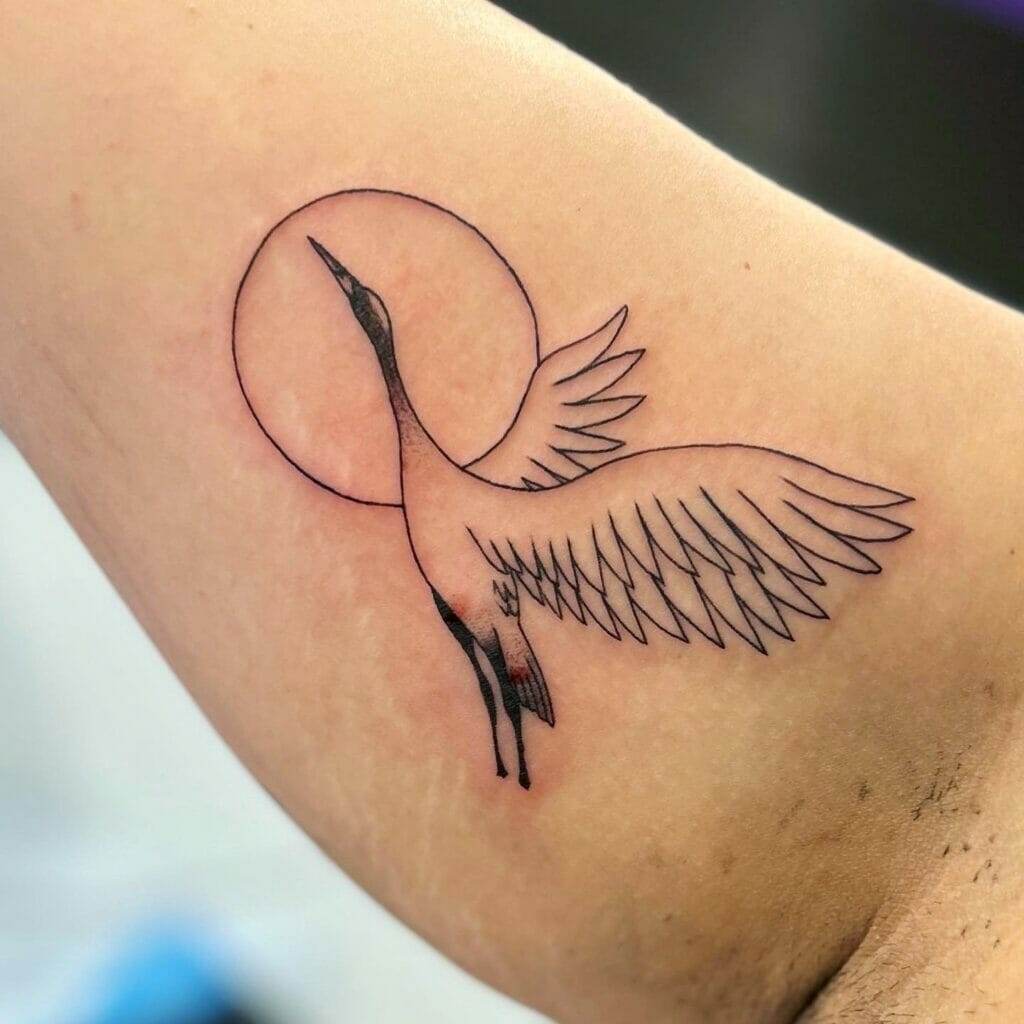Understanding the Decision to Get a Tattoo
Reasons for Getting a Tattoo
Tattoos are more than just skin deep; they are expressions of individuality, creativity, and personal history. People choose to get tattoos for various reasons, each unique to their life experiences. Here are some common motivations:
- Symbolism: Many individuals opt for tattoos that hold significant meaning in their lives, such as memorial tattoos for loved ones or symbols that represent milestones.
- Artistic Expression: For some, a tattoo is simply a canvas for art. They may admire the aesthetics of specific designs, viewing body art as a form of wearable art.
- Cultural Connection: Tattoos can also represent cultural heritage. For instance, traditional tribal tattoos often embody identity and belonging.
- Personal Growth: Many people choose tattoos as a representation of personal journeys—overcoming challenges or celebrating achievements.
Consider Emma, a woman in her 30s, who got a delicate lotus flower tattoo on her wrist after overcoming significant personal struggles. For her, the tattoo serves as a daily reminder of her resilience and growth.

Common Nervousness Factors
Despite the allure of getting a tattoo, nervousness is a common hurdle many face. This anxiety can stem from several sources:
- Fear of Pain: The thought of pain can be intimidating. Understanding that pain tolerance varies can help ease worries; some people find the sensation more akin to a scratch than a painful experience.
- Permanence: The idea of a permanent mark on one’s body prompts reflection and concern. Questions like “Will I still love this design in 10 years?” often arise, leading to hesitation.
- Choosing the Right Design: With countless designs and meanings, making the perfect choice can be overwhelming. Many fear making a mistake or regretting their choice down the line.
- First-Timer Anxiety: Those getting their first tattoo often have heightened nerves. It’s natural to feel anxious about the unfamiliarity of the process.
In summary, while the reasons for getting a tattoo are deeply personal and varied, addressing common nervousness factors can prepare individuals for a fulfilling experience. Knowing these factors will help potential tattoo enthusiasts navigate the emotional landscape leading up to their decision.
Researching and Choosing a Reputable Tattoo Artist
Importance of Researching Tattoo Artists
After overcoming initial nerves about getting a tattoo, the next crucial step is selecting the right tattoo artist. This choice can greatly influence not only the quality of the tattoo itself but also your overall experience. Researching tattoo artists is essential for several reasons:
- Skill and Style: Each tattoo artist has a unique style and specialty. Some may excel in realism, while others shine in abstract or traditional designs. By researching artists, you can find someone whose work resonates with your vision.
- Sanitation Practices: A reputable artist will prioritize cleanliness and hygiene. Ensuring that the studio follows proper safety protocols is vital to prevent infections and complications.
- Client Experience: Understanding how an artist interacts with clients can influence your comfort level during the process. A skilled artist will be communicative and attentive to your needs.
Recommendations and Reviews
Once you’ve narrowed down potential tattoo artists, it’s time to delve into recommendations and reviews. This step is vital for validating your choices. Here’s how to go about it:
- Word of Mouth: Talk to friends or acquaintances who have tattoos. Their personal experiences can provide direct insight into an artist’s work ethic and results.
- Online Reviews: Platforms like Google and Yelp offer user-generated reviews that can give you a clear picture of quality and service. Look for patterns in reviews to gauge reliability and satisfaction.
- Social Media: Many tattoo artists showcase their portfolios on platforms like Instagram. Following them can give you ongoing inspiration and a closer look at their latest work.
By combining personal recommendations with online research, you can confidently choose a reputable artist. This thorough approach ensures that you find someone who aligns with your style and values, ultimately setting the stage for a positive experience and a lasting piece of art.
Preparing Mentally and Physically for Your Tattoo Session
Relaxation Techniques
As the day of your tattoo session approaches, preparing both mentally and physically becomes essential to ensure a smooth experience. Although excitement may be running high, it’s also common to feel a twinge of anxiety. To ease these nerves, consider incorporating some relaxation techniques into your routine:
- Deep Breathing: Simple yet effective, deep breathing can help calm racing thoughts. Inhale deeply through your nose, hold for a few seconds, and exhale slowly through your mouth. Repeat this a few times before your session.
- Meditation: Practicing meditation the days leading up to your appointment can instill a sense of calm. Even just five to ten minutes of focused mindfulness each day can ground your thoughts and quiet your mind.
- Visualization: Picture yourself in the tattoo chair, feeling relaxed and confident. Visualizing a positive outcome can help reinforce calmness on the day of your session.

Proper Skin Preparation
In addition to mental preparation, it’s important to physically prepare your skin for a tattoo. Healthy skin contributes to a better outcome and can influence how the tattoo heals. Here are some tips to ensure you’re ready:
- Hydrate: Drink plenty of water in the days leading up to your session. Keeping your skin well-hydrated makes it more pliable and less painful during the tattooing process.
- Moisturize: Apply a fragrance-free moisturizer on the day before your appointment to maintain skin elasticity. Avoid anything that could irritate your skin.
- Avoid Sun Exposure: If possible, stay out of the sun, especially on the day of your session. Sunburned skin is more sensitive and can affect the artist’s ability to work effectively.
- Shaving: If needed, shave the area where you plan to get your tattoo, but do this carefully. It’s best to shave at least 24 hours prior to your session to prevent irritation on the day of the tattoo.
By focusing on these relaxation techniques and skin preparation steps, you’ll be equipped both mentally and physically to enjoy your tattoo experience. Engaging in this self-care ensures that you approach your session excited rather than anxious!
Communicating with Your Tattoo Artist
Articulating Your Ideas
Once you’ve prepared mentally and physically for your tattoo session, the next important step is effective communication with your tattoo artist. Articulating your ideas clearly can ensure that your vision translates well onto your skin. Here’s how to convey your thoughts:
- Be Specific: Instead of vague descriptions, use specific terms to describe what you want. If you envision a dragon, think about its style—would you prefer it to be realistic, traditional, or perhaps neo-traditional?
- Use Visual Aids: Bringing along images or sketches can bridge the gap between your ideas and the artist’s interpretation. Pinterest boards or a mood board on your phone can serve as visual references that capture the essence of what you’re looking for.
- Discuss Locations: Talk about where you want the tattoo on your body and how big you envision it. An artist might have suggestions based on the placement that can help fit the design naturally to your body’s contours.
Asking Questions and Addressing Concerns
An open line of communication with your tattoo artist also means feeling comfortable to ask questions and raise any concerns. Here’s what you can do:
- Inquire About the Process: Don’t hesitate to ask your artist about their techniques, tools, and inks. Understanding the process can ease anxiety and provide insight into what to expect.
- Clarify Aftercare: Ensure you get a clear explanation of the aftercare process. Proper aftercare is crucial for the longevity of your tattoo, so don’t shy away from asking questions about what products to use or avoid post-session.
- Discuss Pain Levels: If your nerves are acting up, discuss pain expectations with your artist. They can share tips to manage discomfort during the tattooing process.
By creating a dialogue with your tattoo artist, not only do you foster a collaborative environment, but you also leave feeling empowered and satisfied with your tattoo choices. Good communication equips you with the knowledge required for both a successful tattoo and a fulfilling overall experience.
Dealing with Pain and Discomfort During the Tattoo Process
Understanding Pain Tolerance
As you sit in the tattoo chair, it’s completely normal to feel apprehensive about the pain associated with getting inked. Understanding pain tolerance is the first step to managing any discomfort you may experience during the tattooing process. Everyone’s pain threshold is different, and several factors can influence this:
- Individual Differences: Some people have higher pain tolerance due to genetics, previous experiences, or even psychological factors. What feels intense for one person may be tolerable for another.
- Tattoo Location: Certain areas of the body are more sensitive than others. For example, tattoos on the ribs or spine can be more painful than those on fleshy areas like the thigh.
- Session Length: Longer sessions may compound discomfort. If you know you’re getting a larger piece, it’s helpful to prepare mentally for potential discomfort over an extended period.
Strategies for Managing Discomfort
While the prospect of pain might initially sound daunting, various strategies can help manage discomfort during your tattoo session. Here are some effective methods:
- Breathing Techniques: Powerful breathing exercises can be a game-changer. Try taking deep, slow breaths, focusing on inhaling positivity and exhaling any anxiety. This can help divert your mind from the pain.
- Distraction: Bring along distractions like music or a friend. Listening to your favorite playlist or chatting with a friend can take your mind off the sensation.
- Local Anesthetics: Some artists may offer topical numbing creams to help diminish pain. If you’re particularly worried, discuss this option with your artist ahead of time.
- Break Time: If you’re feeling overwhelmed, don’t hesitate to ask for a short break. This can give you a moment to relax, regroup, and refocus.
By understanding your own pain tolerance and employing these strategies, you can navigate the discomfort of getting a tattoo with greater ease. Remember, pain is a temporary experience, and the result will be a beautiful piece of art that you can cherish for a lifetime.
Aftercare and Maintenance of Your New Tattoo
Proper Cleaning and Moisturizing
Congratulations, you’ve just completed your tattoo session! While the artistry is now part of your skin, the journey doesn’t end here. Proper aftercare is crucial to ensure your tattoo heals well and maintains its vibrancy. The first step involves cleaning and moisturizing your new tattoo:
- Initial Cleaning: After removing the bandage (usually after a few hours), clean the area gently with lukewarm water and mild, fragrance-free soap. Avoid scrubbing; use your hands for a gentle pat.
- Pat Dry: Once cleaned, pat the tattoo dry with a clean towel. Refrain from rubbing it, as this can irritate the skin.
- Moisturizing: After cleaning, apply a thin layer of an unscented moisturizer or a specific tattoo aftercare ointment. Products that are rich in vitamins A and D are often recommended. Keeping the tattoo moisturized helps prevent scabbing and maintains its color.

Avoiding Common Aftercare Mistakes
While taking care of your new tattoo seems straightforward, it’s easy to slip into common pitfalls that can lead to complications. Here’s how to avoid these mistakes:
- Avoid Soaking: For the first few weeks, refrain from soaking your tattoo in pools, hot tubs, or baths. Water exposure can increase the risk of infection and impact the healing process.
- Skip the Sun: Direct sun exposure can cause fading and may irritate healing skin. If you need to be outside, consider wearing lightweight clothing that covers your tattoo or using a high-SPF sunscreen after it has fully healed.
- No Picking or Scratching: As your tattoo heals, it may itch or flake. Resist the temptation to pick or scratch; this can result in scars or uneven healed portions.
- Limit Gym and Sweat: Intense workouts that make you sweat could irritate your tattoo. Give yourself at least a week before jumping back into your usual fitness routine.
By following these aftercare guidelines and avoiding common mistakes, you’ll ensure your new tattoo not only heals beautifully but also remains a vibrant piece of art for years to come. Always remember, the way you treat your tattoo post-session will greatly affect its lifespan and overall appearance!
